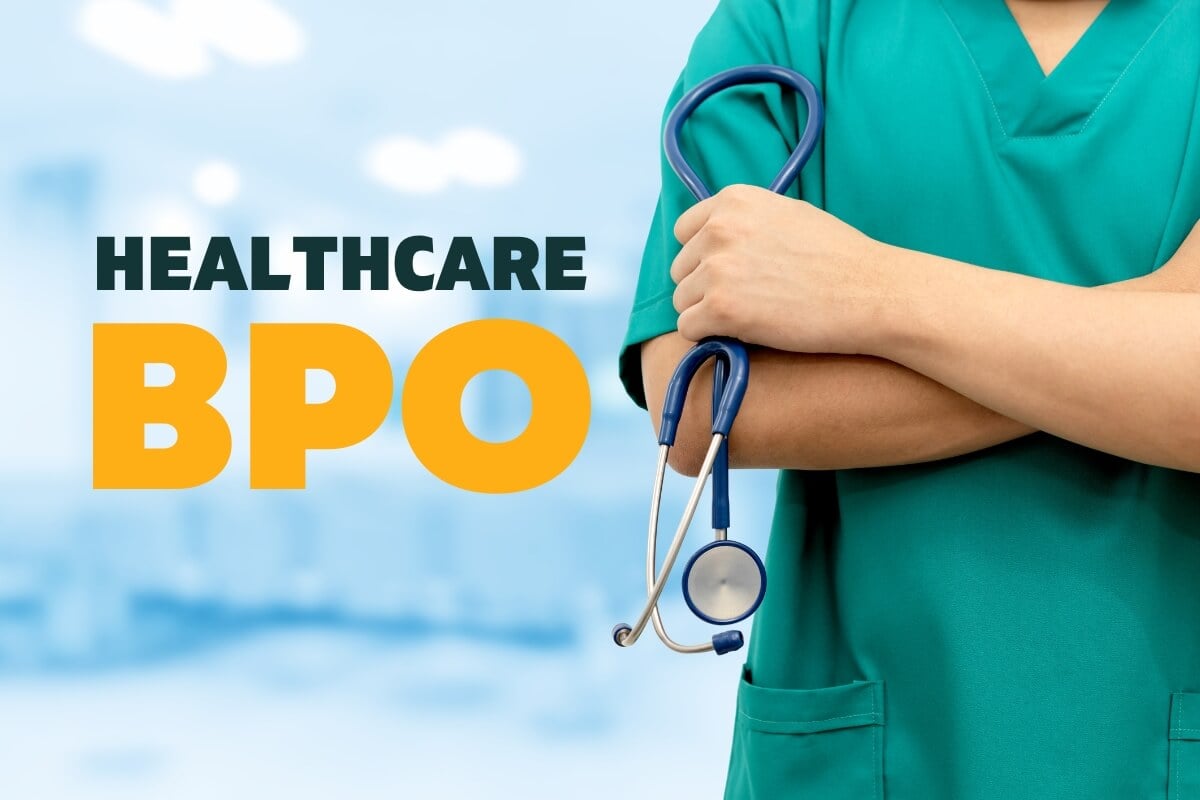Healthcare RCM Services for Efficient Revenue Cycle Management
Healthcare RCM Services for Efficient Revenue Cycle Management
Blog Article
A Comprehensive Guide on Just How Healthcare RCM Works to Improve Billing and Collections
Browsing the complexities of healthcare revenue cycle management (RCM) is essential for suppliers aiming to enhance their payment and collections procedures. The overview unpacks the ins and outs of RCM, from individual registration to receivables administration, providing understandings into maximizing each step. Incorporating sophisticated technology and standardized treatments can considerably reduce claim rejections and speed up settlement cycles. Yet, truth challenge depends on seamlessly combining these aspects to enhance capital. As we check out the core elements and techniques that drive efficiency, one inquiry remains: exactly how can healthcare entities ideal setting themselves to grow financially in an ever-evolving sector?
Understanding Income Cycle Administration
RCM is an important administrative function that incorporates the whole economic process of client care, from the initial consultation setting to the last repayment of the balance. It is an intricate treatment created to identify, accumulate, and handle the income from the solutions supplied to clients.
The RCM procedure begins when a client timetables a consultation and extends through the individual's care trip, including payment and collections. A key goal is to minimize the time between supplying a service and receiving payment, thus enhancing the company's economic wellness. RCM includes numerous features such as patient enrollment, insurance verification, charge capture, coding, declares entry, payment uploading, and taking care of denials and charms.
Secret Elements of RCM
In the world of Revenue Cycle Monitoring (RCM), understanding its crucial components is essential to attaining monetary performance within healthcare companies. RCM is an extensive process that incorporates various stages, each essential to making sure effective invoicing and collections. The main parts include person enrollment, insurance confirmation, charge capture, coding, case submission, repayment uploading, and receivable management.


As soon as coded, insurance claims are submitted to payers, where precision is vital to stay clear of delays or beings rejected - Healthcare RCM. Repayment publishing includes videotaping the received repayments, which permits for the settlement of accounts. Last but not least, balance dues administration concentrates on monitoring and attending to unpaid claims, guaranteeing timely follow-up and resolution
Each part of RCM is interconnected, and ineffectiveness in any type of part can interfere with the whole cycle. Consequently, understanding these aspects is crucial for doctor to maximize revenue and boost their economic wellness.
Techniques for Efficient Invoicing

Standardizing billing procedures throughout the company is an additional crucial technique. Establishing clear guidelines for documentation, coding, and entry aids keep uniformity and compliance with governing requirements. Training staff routinely on these treatments guarantees everyone is up-to-date with the most up to date adjustments in invoicing codes and payer plans.
Accurate cost capture is important in stopping income leakage. Applying regular audits and monitoring systems enables the identification and correction of discrepancies before they influence income. In addition, keeping open lines of communication with payers helps to swiftly deal with any kind of conflicts or misconceptions that may occur.

Finally, engaging individuals early in the invoicing process by supplying clear estimates and academic materials concerning their financial responsibilities can dramatically decrease confusion and boost settlement timeliness. These strategies collectively contribute to a more economically healthy and reliable billing system.
Enhancing Collections Procedures
Provided the complexities of medical billing and the range of payer requirements, boosting the collections procedure entails carrying out strategic steps that ensure prompt and exact payment of solutions made. Automation devices can aid in tracking insurance claim standings, sending out prompt reminders to people, and taking care of rejections extra efficiently.
Training personnel to recognize the subtleties of insurance policy plans and invoicing codes is similarly vital. This understanding equips them to address billing disparities rapidly and connect efficiently with individuals concerning their economic duties. Furthermore, clear and clear person communications are crucial. Offering thorough descriptions of costs and offering flexible layaway plan can increase patient satisfaction and prompt settlements.
Regular audits of the collections procedure must be conducted to YOURURL.com recognize locations for renovation and make sure conformity with policies. By assessing data, healthcare organizations can recognize fads, prepare for possible issues, and adjust strategies Your Domain Name as necessary (Healthcare RCM). Ultimately, a well-enhanced collections process not only supports financial health and wellness but also adds to a more smooth experience for patients and personnel alike
Optimizing Revenue Streams
Building upon the structure of a strong collections procedure, health care organizations can additionally strengthen their monetary stability by purposefully maximizing profits streams. This involves a multi-faceted method, beginning with an extensive evaluation of existing profits resources to identify inadequacies and locations for growth. Utilizing sophisticated data analytics tools allows companies to gain understandings right into payer mix, person demographics, and solution application patterns, enabling for data-driven choices that enhance income capture.
Carrying out automated billing systems can dramatically reduce mistakes and expedite claims refining, ensuring that income is gathered much more efficiently. Moreover, enhancing payer agreements via normal negotiations can improve reimbursement rates and terms, straight impacting the bottom line. Diversifying service offerings, such as including telehealth or wellness programs, can likewise draw in a wider individual base, hence increasing revenue possibility.
Another vital element is enhancing patient engagement and fulfillment, as pleased clients are more probable to stick to treatment strategies and make timely repayments. Using versatile payment options and clear invoicing techniques can boost collections and foster individual loyalty. Healthcare RCM. By embracing these techniques, healthcare organizations can develop an extra resistant monetary structure, ensuring sustained growth and stability in an ever-changing market landscape
Conclusion
Finally, healthcare Income Cycle Monitoring (RCM) plays a crucial function in optimizing payment and collections processes by incorporating key parts such as person enrollment, insurance coverage confirmation, fee capture, coding, claims submission, and receivable management. By using innovative modern technology, standardizing treatments, and fostering person involvement, medical care carriers can considerably lower case rejections, accelerate settlement cycles, and enhance money flow. This comprehensive technique to RCM inevitably results in boosted financial performance and sustainability for medical care organizations.
The RCM procedure starts when a patient routines a consultation and expands via the about his individual's care trip, consisting of invoicing and collections.Another essential component is improving person interaction and satisfaction, as pleased individuals are a lot more likely to adhere to therapy strategies and make prompt repayments. Providing versatile repayment choices and transparent invoicing methods can enhance collections and foster person commitment.In conclusion, healthcare Profits Cycle Monitoring (RCM) plays an essential function in enhancing payment and collections procedures by integrating vital components such as individual enrollment, insurance coverage confirmation, fee capture, coding, claims submission, and accounts receivable management. By using innovative technology, standardizing treatments, and cultivating individual engagement, medical care service providers can considerably decrease insurance claim rejections, speed up payment cycles, and enhance cash flow.
Report this page